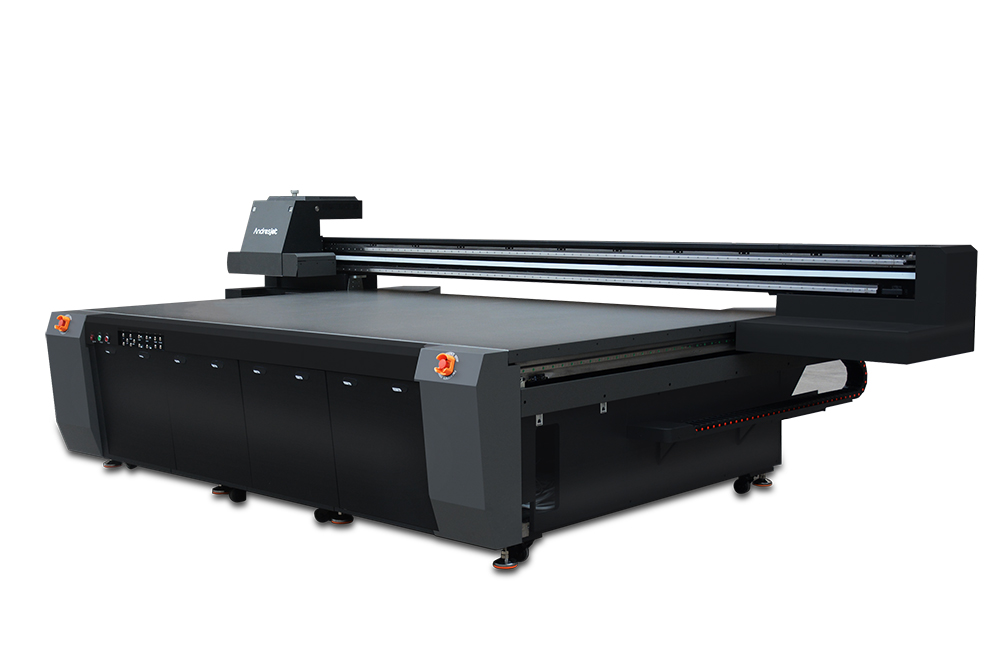UV Flatbed Printer: Applications in 3D Printing and Prototyping
UV Flatbed Printer: Applications in 3D Printing and Prototyping
In the realm of digital manufacturing and rapid prototyping, UV flatbed printers have emerged as a versatile and efficient tool, particularly in the context of 3D printing and prototyping. These printers utilize ultraviolet (UV) light to cure or solidify ink on a flat surface, enabling the creation of highly detailed and durable prints. This technology has revolutionized various industries, including product design, architecture, automotive, and more, by offering precise and cost-effective solutions for creating prototypes and functional parts. This article delves into the applications of UV flatbed printers in 3D printing and prototyping, exploring their capabilities, advantages, and the industries they serve.

Understanding UV Flatbed Printers
UV flatbed printers are a type of digital printing technology that employs UV-curable inks. These inks are formulated to cure or harden when exposed to UV light, allowing for instant drying and fixation on the substrate. The printer’s flatbed design accommodates various materials, including plastics, glass, metals, and even some textiles, making it suitable for a wide range of applications. The process involves depositing layers of ink onto the material in a precise pattern, followed by immediate curing with UV light, resulting in sharp, vibrant, and durable prints.
Applications in 3D Printing
Prototyping and Product Development
UV flatbed printers are instrumental in the early stages of product development, where rapid prototyping is crucial. Designers and engineers can quickly produce physical models of their designs, allowing for evaluation of form, fit, and function. This accelerated process facilitates iterative design improvements, reducing time-to-market and overall development costs.
Functional Parts and Components
Beyond visual prototypes, UV flatbed printers can produce functional parts with mechanical properties suitable for testing and even end-use applications. By selecting appropriate materials and optimizing print parameters, manufacturers can achieve parts with desired strength, flexibility, and resistance to environmental factors.
Customized and On-Demand Manufacturing
The ability to print directly onto various materials enables on-demand customization, making UV flatbed printers ideal for producing personalized products or limited-run items. This flexibility allows businesses to cater to niche markets and consumer preferences efficiently.
Advantages in Prototyping
High Precision and Detail
UV flatbed printers can achieve high resolution prints, capturing intricate details and fine features that are often critical in prototyping. This level of precision ensures that prototypes accurately represent the final product design, facilitating more effective evaluation and validation.
Material Versatility
The compatibility with a broad spectrum of materials is a significant advantage, as it allows prototypes to mimic the properties of the intended production materials. This versatility ensures that prototypes not only look like the final product but also perform similarly under testing conditions.
Cost-Effective
Compared to traditional prototyping methods, UV flatbed printing offers a more cost-effective solution. It eliminates the need for expensive tooling and setup costs, making it particularly advantageous for startups and small businesses with limited budgets.
Speed and Efficiency
The digital nature of UV flatbed printing enables rapid turnaround times, from design to prototype. This speed is crucial in fast-paced industries where time-to-market is a competitive advantage.
Industries Benefiting from UV Flatbed Printing in 3D Printing and Prototyping
Product Design and Development
Design firms and product development teams leverage UV flatbed printers to quickly iterate through design concepts, refine aesthetics, and validate functionality before proceeding to mass production.
Architecture and Construction
Architects use UV flatbed printers to create detailed building models and components for design presentations and client approvals. These models provide a tangible representation of the project, enhancing communication and understanding.
Automotive Industry
In the automotive sector, UV flatbed printers are used to produce prototypes of car parts, dashboards, and interior components. This technology enables designers to assess the fit, finish, and durability of parts under real-world conditions.
Medical and Dental Applications
The precision and material compatibility of UV flatbed printers make them suitable for creating medical and dental models, guides, and even custom implants. The ability to produce sterile, biocompatible parts on demand is a significant advantage in these fields.
Electronics and Circuit Board Prototyping
UV flatbed printers can print conductive inks, allowing for the rapid prototyping of electronic circuits and components. This capability accelerates the development of new electronic devices and systems.
Conclusion
UV flatbed printers have transformed the landscape of 3D printing and prototyping, offering a versatile, precise, and cost-effective solution for various industries. Their ability to produce high-quality prototypes and functional parts quickly and efficiently has streamlined product development processes, reduced time-to-market, and facilitated innovation. As technology continues to advance, UV flatbed printers are poised to play an even more significant role in shaping the future of manufacturing and rapid prototyping. With ongoing research and development, we can expect further enhancements in print speed, material compatibility, and print resolution, further expanding the applications and impact of this remarkable technology.
